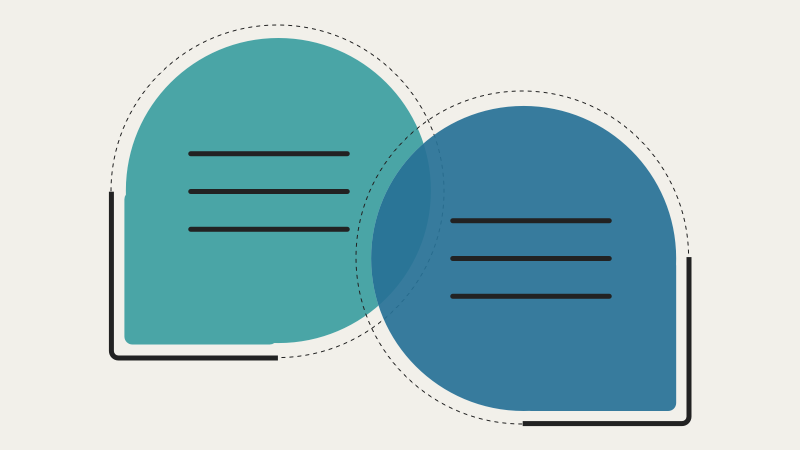
To you nonprofit superheroes: are you ready to talk shop about one of the most vital aspects of your organization’s online presence? That’s right, we’re diving into the world of website building. Specifically, we want to chat with you about those handy-dandy tools known as page builders.
Now, page builders are like the Swiss army knives of the website world. They offer many cool features and templates that make building a website seem like a walk in the park. But hold on. Before you jump on the page builder bandwagon, let’s unpack why people love them, why they might not always be the best choice, and some important challenges you might face, especially when it comes to web accessibility. While we’re at it, we’ll share why rolling up your sleeves and building from scratch might be the way to go, even if it means shelling out a bit more cash upfront.

Why People Love Page Builders
So, what’s the deal with page builders? Why are they so darn popular? To start, they’re super user-friendly. You don’t need to be a coding whiz or have a degree in web design to use them. With just a few clicks, you can drag and drop elements, customize layouts, and voila! You’ve got yourself a website – a decent one if you’re a little tech-savvy to start.
Page builders offer a boatload of templates. Whether you’re aiming for a sleek and modern look or something more cozy and traditional, there’s a template for you. Plus, many page builders come with handy features like SEO optimization tools, built-in analytics, and integrations with other platforms. Talk about convenience!
BUT, They’re Not Always the Best Choice
Hold your horses, because page builders aren’t all sunshine and rainbows. While they might seem like the perfect solution, they do have drawbacks. One biggie: limited flexibility. Sure, you can customize your heart out within the confines of the templates, but if you try to stray too far from the beaten path, you might find yourself hitting a wall.
And let’s not forget about scalability. As your nonprofit grows and evolves, you’ll want your website to grow right along with it. Unfortunately, some page builders can be limiting in this department. You may outgrow the platform sooner than you’d like, forcing you to start from scratch or switch to a new system entirely.
Accessibility Challenges…
Now, let’s talk about something near and dear to our hearts here at Wire Media: accessibility. We strive to make our services available to everyone, regardless of ability. And if we’re being honest, we find that many page builders fall short when it comes to web accessibility.
From improperly coded elements to limited options for customization, using a page builder can sometimes result in a website that’s less than accessible. And let’s face it, that’s just not cool. After all, websites should be welcoming to everyone who visits.
Building from Scratch May Be Worth It, Here’s Why
So, what’s the alternative? Well, how about rolling up your sleeves and having a website built from scratch? I know, I know, it sounds daunting. But hear me out!
Building from scratch may require more time, effort, and maybe even some extra moolah upfront, but it can be worth it in the long run. For starters, you’ll have complete control over every aspect of your website. No more feeling boxed in by templates or limited customization options. Want to add a fancy new feature? Go for it. The sky’s the limit.
Plus, building from scratch allows you to prioritize accessibility from the get-go. You can ensure that your website meets the highest standards of web accessibility, making it easy for everyone to navigate and use. And hey, isn’t that what being a nonprofit is all about?
Final Word
There you have it. Page builders might seem like the easy choice, but they’re not without their pitfalls. From limited flexibility to accessibility challenges, there are some factors to consider before diving in headfirst. But, if you’re willing to put in the time and effort, building your website from scratch might be the way to go. After all, nothing beats having complete control over your online presence, right?
Further reading and resources:
